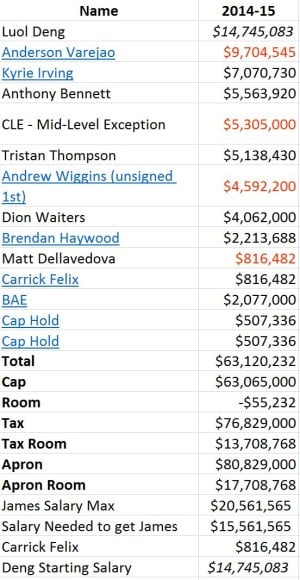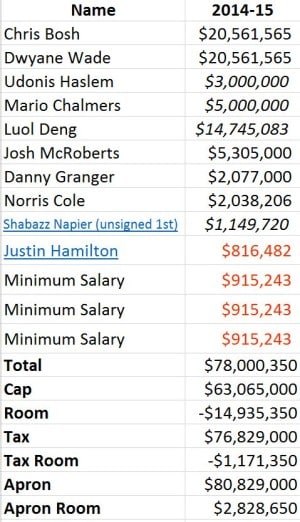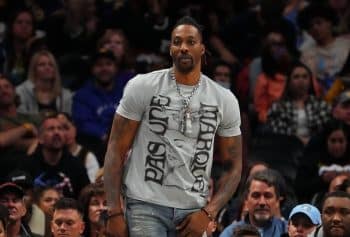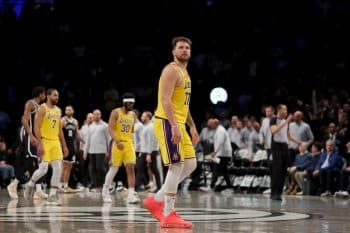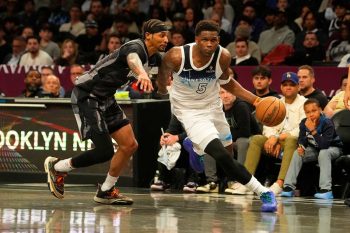NBA
Dunc’d On: Unprecedented James/Deng Double Sign & Trade Makes Sense
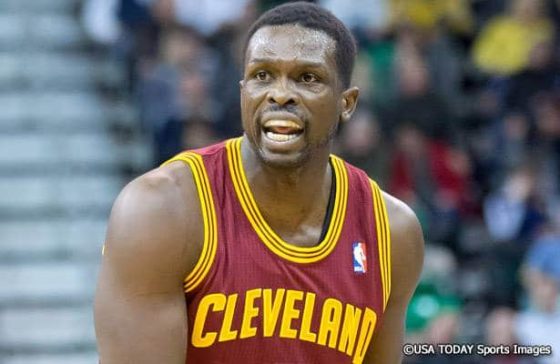
It is easy to forget that Luol Deng was ever a Cavalier. His re-signing was essentially never discussed as a possibility this offseason while the focus has been on LeBron James’ homecoming. But now that the Miami HEAT are starting to zero in on Deng, the prospect of what I believe would be an unprecedented (but not, so far as I can tell, illegal) double sign-and-trade of Deng to Miami and James to Cleveland makes enormous sense for both teams.
Let’s start with the motivation for both sides: it would enable them to stay over the cap and use exceptions to sign players. For Cleveland, this means they could add talent via the $5.305 million Mid-Level Exception (MLE) and the $2.077 million Bi-Annual Exception. The MLE and BAE allow contracts of up to four and two years, respectively, starting at those numbers in the first year. If the Cavs go under the cap, they are limited to the Room Exception of a two-year contract starting at $2.7 million. That is a huge difference in trying to fill in around LeBron James this year.
Miami has even more motivation. If they stay over the cap, they can use the BAE and MLE on the agreed upon contracts for Danny Granger and Josh McRoberts. It would also enable them to get Deng, while avoiding having to renounce the Bird rights to players like Dwyane Wade, Udonis Haslem, Mario Chalmers, Ray Allen, and Chris Andersen.* Haslem will almost certainly be back after opting out this year to provide more flexibility, while the HEAT have no other way to add a point guard if Chalmers leaves. Starting the season with only Shabazz Napier and Norris Cole at point guard is not a good scenario for a team that still wants to be good this year. Staying over the cap and keeping Chalmers’ Bird rights will allow them to re-sign him to a hopefully reasonable deal, perhaps on the order of three years, $15 million.
*So far it doesn’t look like Andersen and Allen will be back, but it’s nice to have their Early Bird rights regardless on the off chance they return or could be used in sign-and-trades themselves.
Even better for Miami, by retaining their Bird rights they could simply re-sign Wade and Haslem to something near the same shorter contracts they opted out of. This would enable Miami to avoid clogging the cap with a longer contract for these players. If they were to create outright cap room for Deng, Wade and Haslem would have to take less this year, and thus need longer contracts to make them whole after opting out, cramping Miami’s long-term flexibility. Instead, the Deng sign-and-trade could allow Miami to stay competitive for the next three years, then rebuild completely in the summer of 2017 with only Bosh as a major salary.
Finally, Miami would get a $5 million trade exception from the James trade since they were getting back that much less in salary.
What would Deng’s contract look like? In this scenario, it would be determined by how much salary Cleveland would have to send out to take back in James in a sign-and-trade at his maximum salary of $20,561,565. At that number, the least they could send out would be $15,561,565, computed by taking James’ salary minus $5 million.*
*Determined based on the following formula, determined by the outgoing salary for the Cavs:
Outgoing Salary vs. Maximum incoming salary
$0 to $9.8 million = 150% of the outgoing salary, plus $100,000
$9.8 million to $19.6 million = The outgoing salary plus $5 million
$19.6 million and up = 125% of the outgoing salary, plus $100,000Deng’s outgoing salary falls into the $9.8 million to $19.6 million bracket.
The Cavs do not have many disposable contracts, but they presumably would not balk at including the minimum salary of Carrick Felix as the price for keeping their exceptions. If they do that, then Deng signs for $14,745,083 to start. That is a lot to pay for Deng, but again this is a unique situation that would allow Miami to keep its exceptions. It could also have his salary decline, or limit it to three years instead of four if it is for so much money. One would have to believe Deng would seriously consider a three-year pact for around $45 million.
That transaction leaves the Cavs here with Deng signed but before the trade:
Note that exceptions and cap holds also count against the cap when determining whether a team is under (and thus loses its exceptions). It would be tight for the Cavs to avoid going under the cap in this scenario, but if they needed to they could always sign Andrew Wiggins to his rookie contract at 120% of scale, or add a couple of minimum contracts.
Once James was acquired, the Cavs would still have plenty of room under the tax and the apron (under which they would be hard-capped due to receiving a player in sign-and-trade) to use their exceptions.
Meanwhile, Miami looks like this with approximate new salaries for Chalmers (three years, $15 million); Haslem (one year, $5 million*); and Wade (two years, maximum salary):
Miami likely would not go this precise route due to the fact they assuredly will not want to pay the tax again, but the contracts for Wade, Haslem, and Chalmers could be structured to add years and/or slightly reduce present salary to avoid that. It should also be noted that Miami would be hard-capped as well at the apron due to receiving Deng in the sign-and-trade.
Doing the sign-and-trade route of James for Deng could revolutionize Miami’s future, allowing it to have ample cap room in the summer of 2017 to rebuild with only Bosh as a big contract. It makes a ton of sense for both franchises
